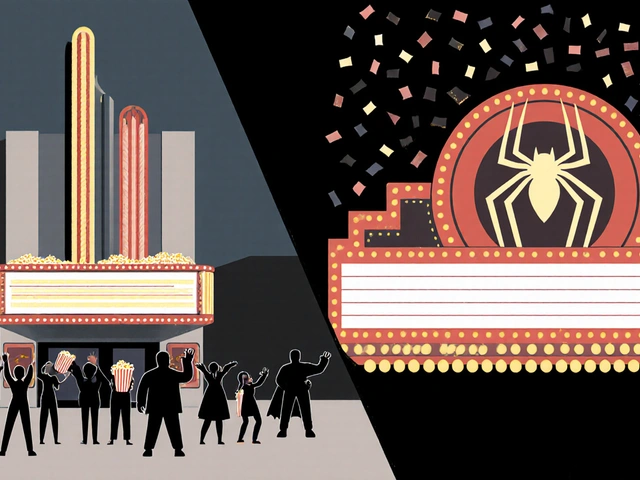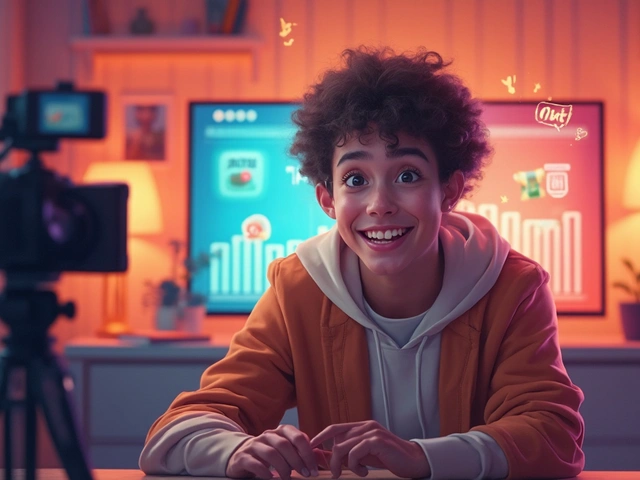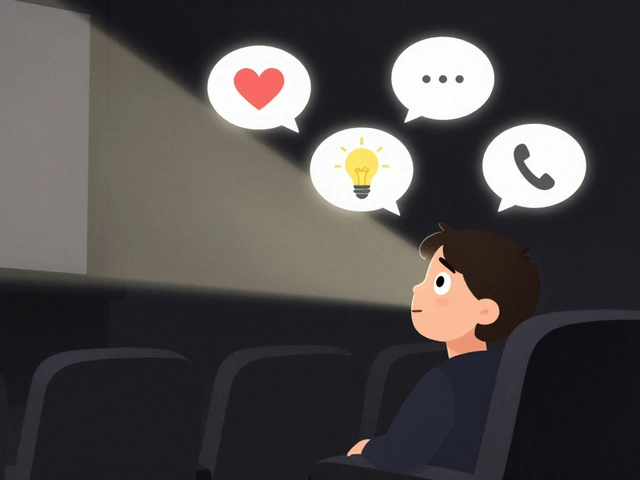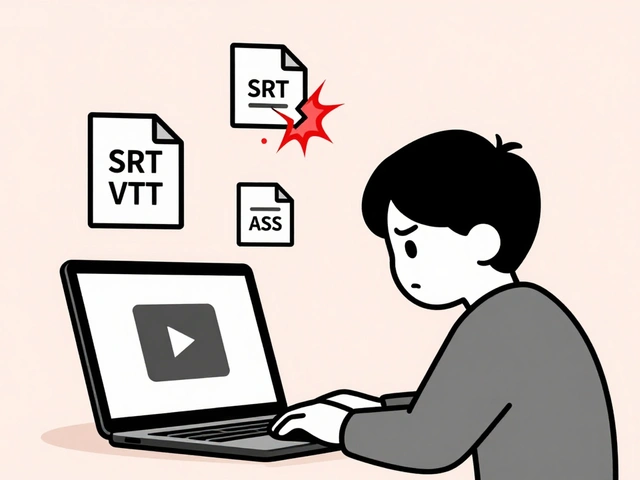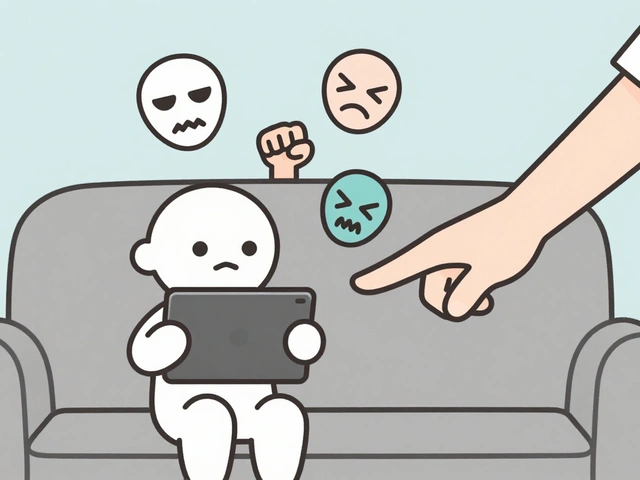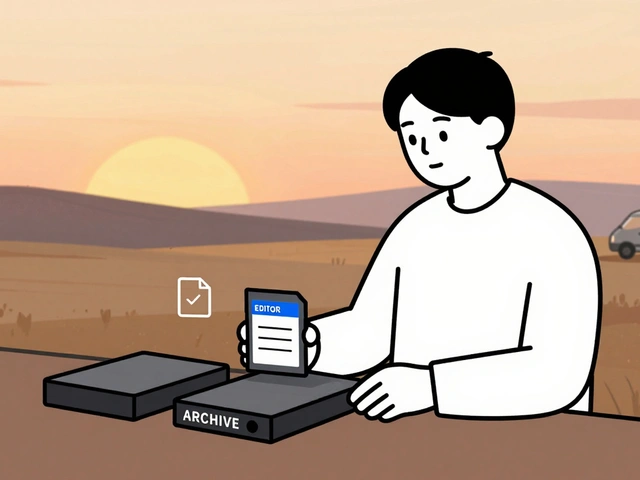9
Pandemic Recovery Timeline: How Box Office Rebounded by Genre
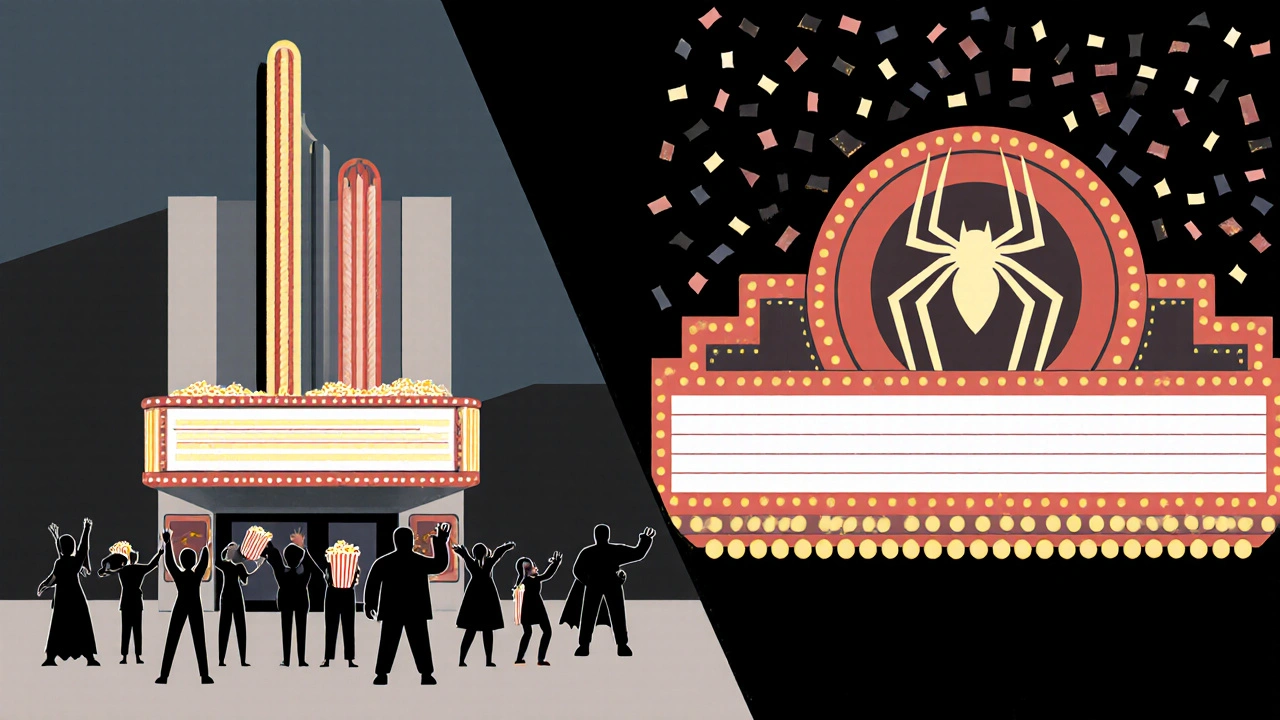
When theaters shut down in March 2020, no one knew if movies would ever come back the same way. Two years later, the box office didn’t just recover-it reinvented itself. But not all genres bounced back equally. Horror films stormed back faster than dramas. Superhero movies hit new highs. Romance? Still struggling. Here’s how the box office rebuilt itself, genre by genre, from 2020 to 2025.
Horror: The First Genre to Come Back
By late 2021, horror was already pulling in $1.2 billion globally. Why? It didn’t need big budgets or star power. Movies like Smile (2023) and Talk to Me (2022) cost under $5 million each and made over $200 million. Audiences craved cheap, high-stakes thrills. Horror was the perfect escape: intense, short, and easy to watch with friends. Studios noticed. In 2024, 47 horror films hit theaters-up from just 19 in 2019. That’s a 147% increase. The genre didn’t just recover-it became the most reliable box office driver in the post-pandemic era.
Superhero Films: Bigger Than Ever
Marvel and DC didn’t just return-they exploded. Deadpool & Wolverine (2024) made $1.3 billion in its first 10 weeks. The Marvels (2023) underperformed, but Spider-Man: Across the Spider-Verse (2023) became the highest-grossing animated superhero film ever, earning $695 million. Why? These films became event movies again. People didn’t just go to see a movie-they went to see the next chapter in a story they’d followed for years. Theaters turned premieres into parties. Fans wore costumes. Social media buzz turned every release into a global moment. Superhero films now make up 18% of all box office revenue in North America, up from 12% in 2019.
Action and Adventure: The Steady Climb
Action movies didn’t have a flash comeback. They had a slow, steady climb. Mission: Impossible - Dead Reckoning Part One (2023) grossed $575 million. The Fall Guy (2024) surprised everyone by earning $280 million on a $100 million budget. These films worked because they offered something streaming couldn’t: spectacle. Big explosions. Real stunts. IMAX screens. Theaters doubled down on premium formats-Dolby Cinema, 4DX, and IMAX tickets now make up 35% of total ticket sales, up from 19% in 2019. Action and adventure now account for 22% of global box office revenue, the highest share since 2015.
Comedies: Still Struggling
Comedies never really recovered. In 2019, 14% of box office revenue came from comedies. By 2024, that dropped to 5%. Why? Streaming killed the mid-budget comedy. Netflix and Amazon used to spend $20-40 million on romantic or slapstick comedies. Now, they barely make any. Audiences who used to rent Bad Moms or The Heat now scroll past TikTok skits or YouTube shorts. Even big stars like Adam Sandler or Jennifer Aniston couldn’t bring back the genre. Here for the Business (2024), starring Aniston, made $37 million globally-less than half what similar films made in 2018. The comedy audience didn’t disappear. It just stopped going to theaters.
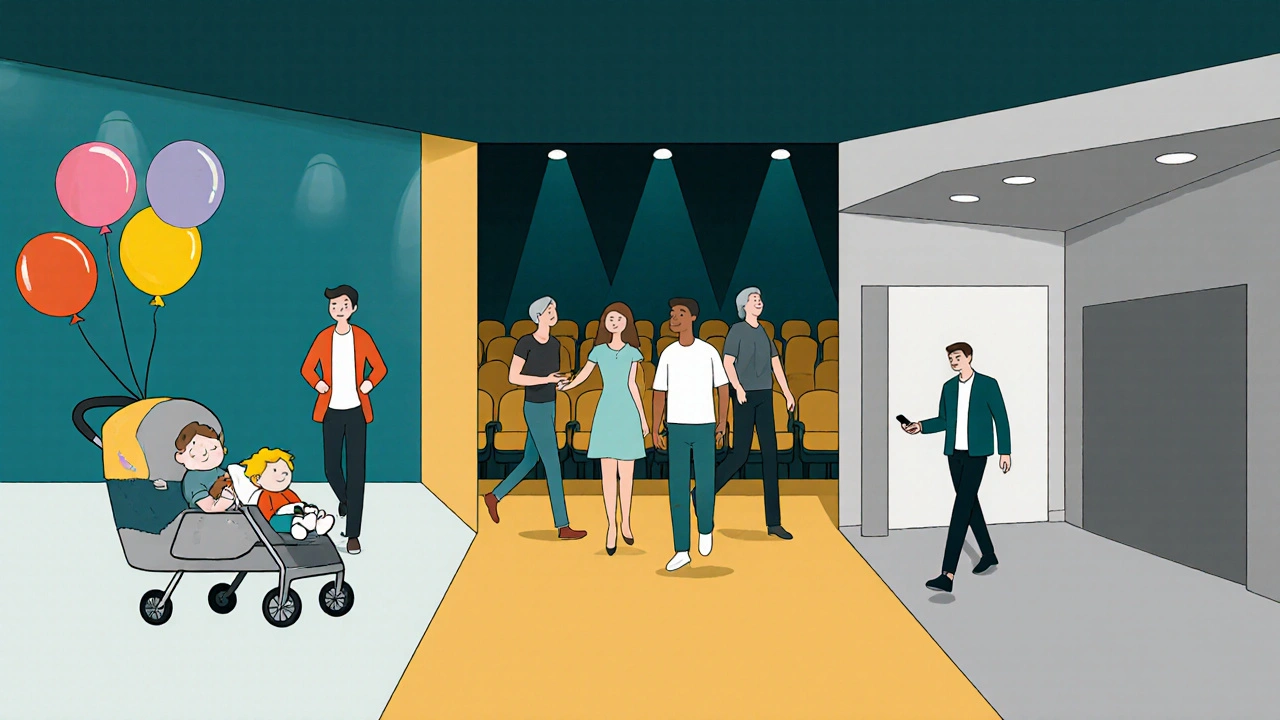
Drama and Historical Films: The Quiet Comeback
There was no big splash. No viral moments. But dramas quietly came back. Oppenheimer (2023) made $975 million on a $100 million budget. The Holdovers (2023) earned $110 million with no marketing budget. These films worked because they were meant to be seen on the big screen. The sound design. The silence between lines. The way light hit a face in a close-up. Audiences missed that. Streaming can’t replicate the weight of a 3-hour historical epic in a packed theater. Drama and historical films now make up 15% of global box office revenue-up from 9% in 2021. Theaters became the only place where serious storytelling still felt special.
Romance: The Slowest to Return
Romance films are still barely breathing. In 2019, romances made up 8% of box office revenue. In 2024, it was 2%. Anyone But You (2023) made $120 million, but that was the exception. Most romantic comedies now debut on streaming. Even when they hit theaters, they open on fewer than 1,200 screens-half the number from 2019. Why? Younger audiences don’t see romance as a theater experience. They watch it on their phones, in bed, alone. The group outing-dating, girls’ night, couples’ night-lost its pull. Studios have stopped greenlighting new ones. The genre isn’t dead. It’s just not coming back to theaters.
Animation: The Unexpected Winner
Animation didn’t just recover-it became the most profitable genre. Inside Out 2 (2024) made $1.6 billion. The Wild Robot (2024) earned $420 million on a $110 million budget. Why? Families returned to theaters faster than any other group. Parents wanted a safe, shared experience. Studios responded with more original stories, not just sequels. Animated films now account for 19% of global box office revenue-up from 13% in 2019. They’re not just for kids anymore. Adults went back, too. Theaters added matinee discounts, free popcorn for under-12s, and even nap zones for toddlers. Animation became the glue holding the industry together.
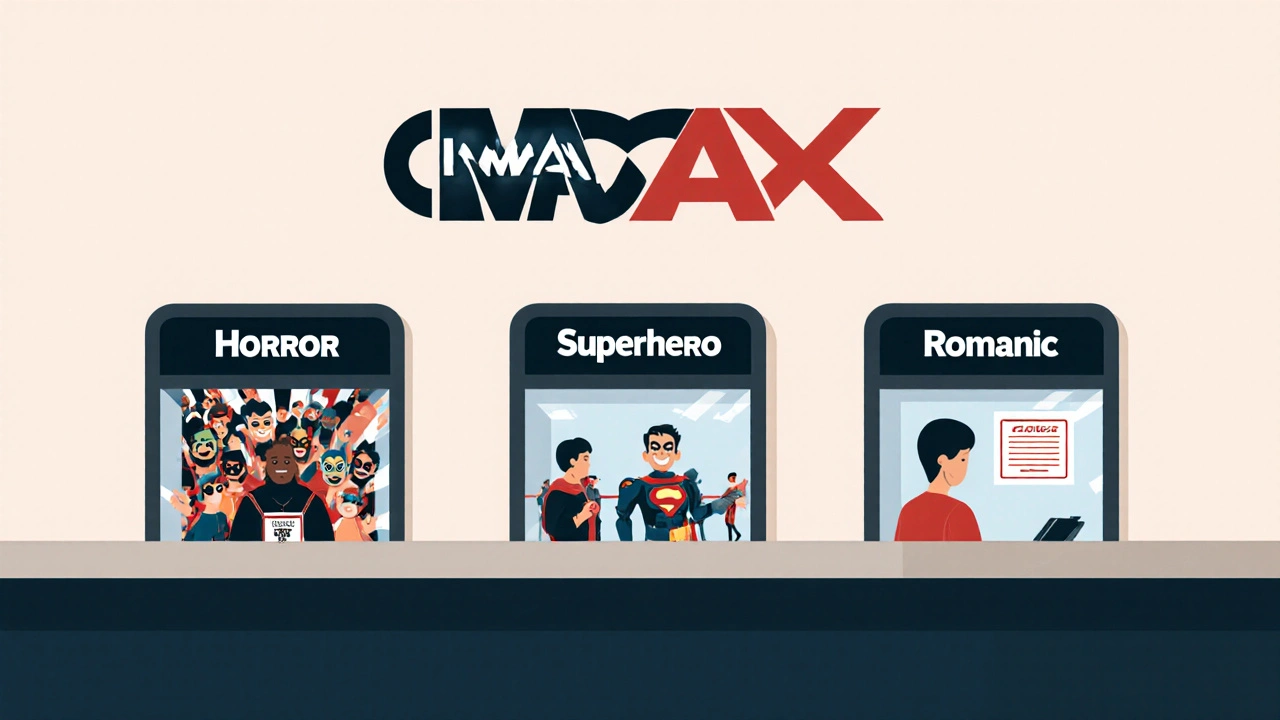
Why Some Genres Made It and Others Didn’t
The difference wasn’t just quality. It was experience. Genres that survived did one thing well: they gave people a reason to leave their homes. Horror offered adrenaline. Superhero films offered community. Action offered spectacle. Animation offered family bonding. Drama offered depth. Comedies and romances? They didn’t offer anything streaming couldn’t give you faster, cheaper, and alone.
Box office recovery wasn’t about movies being better. It was about theaters becoming places worth going to. Theaters that added luxury seating, food delivery to your seat, and exclusive behind-the-scenes content saw attendance rise 40% compared to those that just showed films. The ones that didn’t adapt? They closed.
What’s Next? The 2025 Forecast
By 2025, horror and animation will keep growing. Superhero films will peak-audiences are starting to feel franchise fatigue. Action will stay strong, but only if studios stop overloading the calendar. Drama will grow as awards season becomes more tied to theatrical releases. Comedies and romances? They’ll stay on streaming. Theaters won’t bring them back.
One thing’s clear: the box office isn’t the same as it was before 2020. It’s not trying to be. It’s become a destination for experiences you can’t get anywhere else. And that’s why it’s still alive.
Why did horror films bounce back faster than other genres after the pandemic?
Horror films rebounded quickly because they were cheap to make, high on adrenaline, and perfect for group viewing. Audiences wanted short, intense experiences they couldn’t get at home. Movies like Smile and Talk to Me made huge profits on tiny budgets, proving that horror didn’t need big stars or effects to draw crowds. Theaters also promoted them as social events-late-night screenings, costume contests, and themed concessions made them feel like a night out, not just a movie.
Are superhero movies still growing, or are they peaking?
Superhero movies are still making big money, but growth is slowing. Deadpool & Wolverine (2024) hit $1.3 billion, but earlier films like Avengers: Endgame (2019) had more cultural impact. Audiences are starting to feel overwhelmed by the constant stream of releases. Studios are now testing standalone stories and spin-offs instead of just sequels. The genre isn’t dying-it’s evolving. But it’s unlikely to keep growing at the same pace as before 2023.
Why aren’t comedies coming back to theaters?
Comedies died on streaming. Platforms like Netflix and Hulu used to spend millions on mid-budget comedies, but now they focus on viral shorts, stand-up specials, and reality content. Audiences don’t need to leave home to watch a funny movie-they can find one in seconds on their phone. Theaters lost the social reason to show them. No one plans a date night around a comedy anymore. Even big stars can’t pull crowds for comedies the way they could in 2010.
What role did premium formats like IMAX play in the box office recovery?
Premium formats were critical. IMAX, Dolby Cinema, and 4DX tickets now make up 35% of total box office revenue-up from 19% in 2019. These formats turned movies into events. People paid extra not just to see the film, but to feel it. The sound of a spaceship flying overhead. The rumble of an explosion. The clarity of a close-up in a drama. These experiences can’t be replicated at home. Studios and theaters doubled down on them, especially for action, sci-fi, and animated films.
Is the box office now dominated by franchises?
Yes, but not as much as you might think. Franchises like Marvel, Fast & Furious, and Transformers still make up about 40% of total revenue. But original films like Oppenheimer, Barbie, and The Holdovers have proven that non-franchise films can still dominate. The key isn’t the franchise-it’s the experience. If a film offers something unique-whether it’s emotional depth, visual innovation, or cultural relevance-it can succeed even without a sequel.
What This Means for Moviegoers
If you want to support theaters, go for the experiences you can’t get at home. Watch a horror film with friends. Take your kids to an animated premiere. See a drama on the biggest screen you can find. Skip the comedies unless you’re just looking to kill time. Theaters aren’t trying to be Netflix. They’re trying to be something better: a place where stories feel alive.
The box office didn’t just recover. It learned. And now, it’s not just surviving-it’s thriving, one genre at a time.

